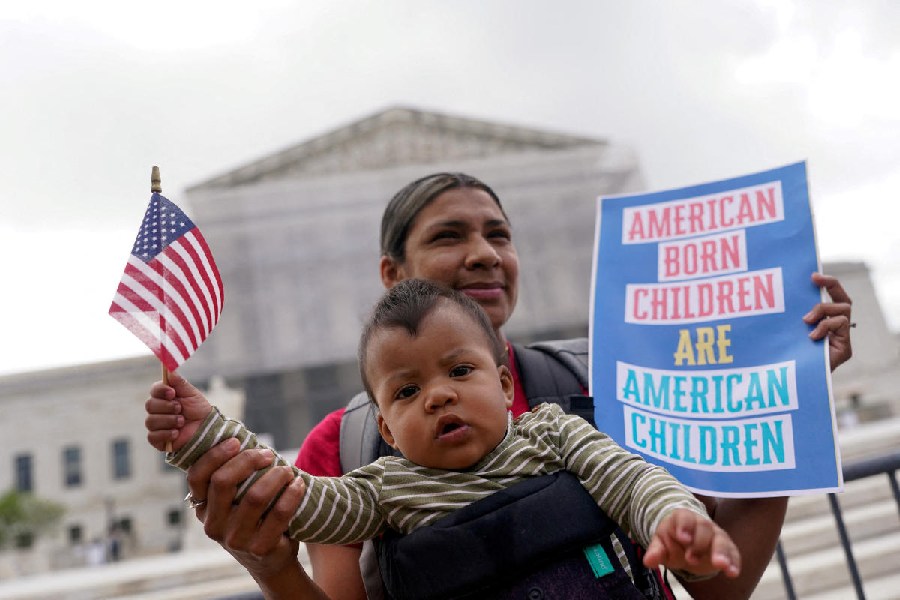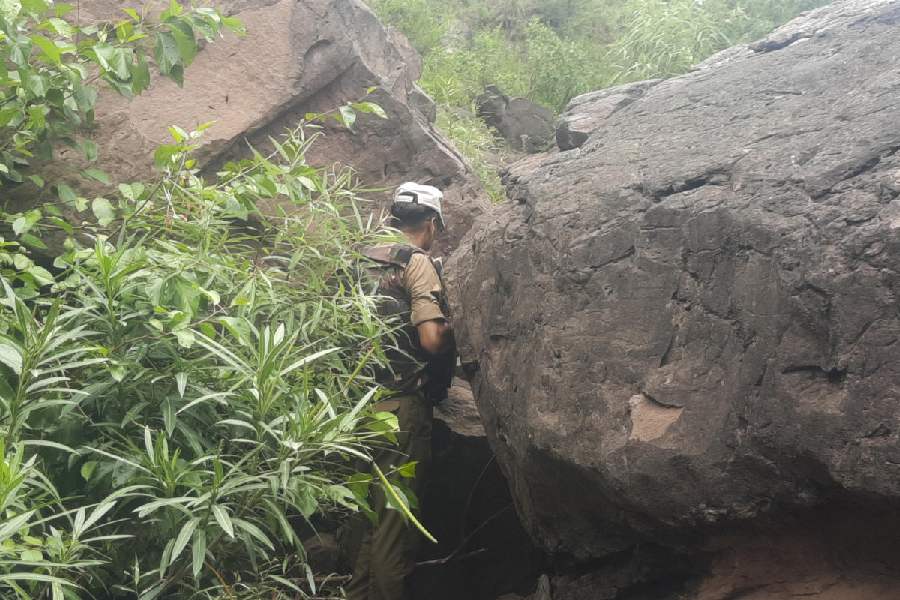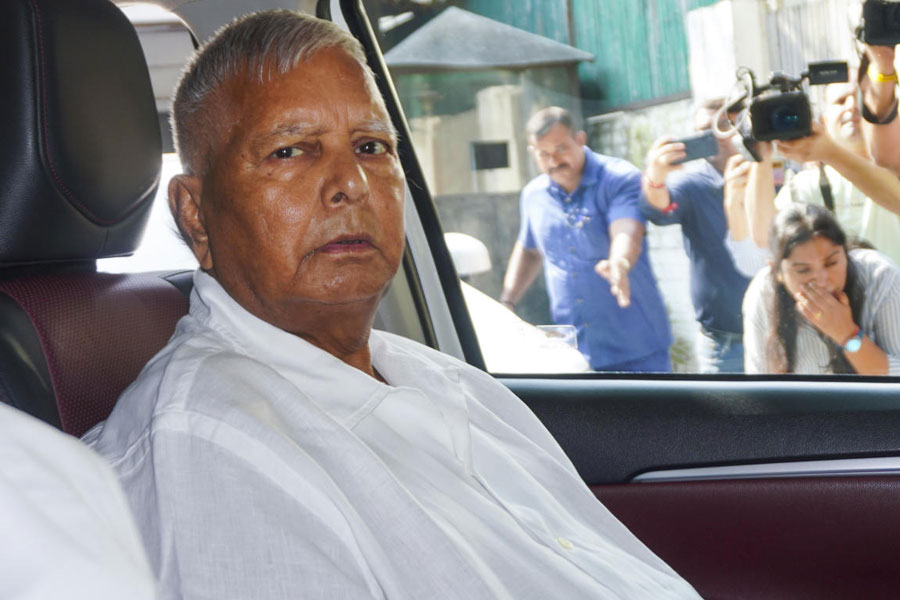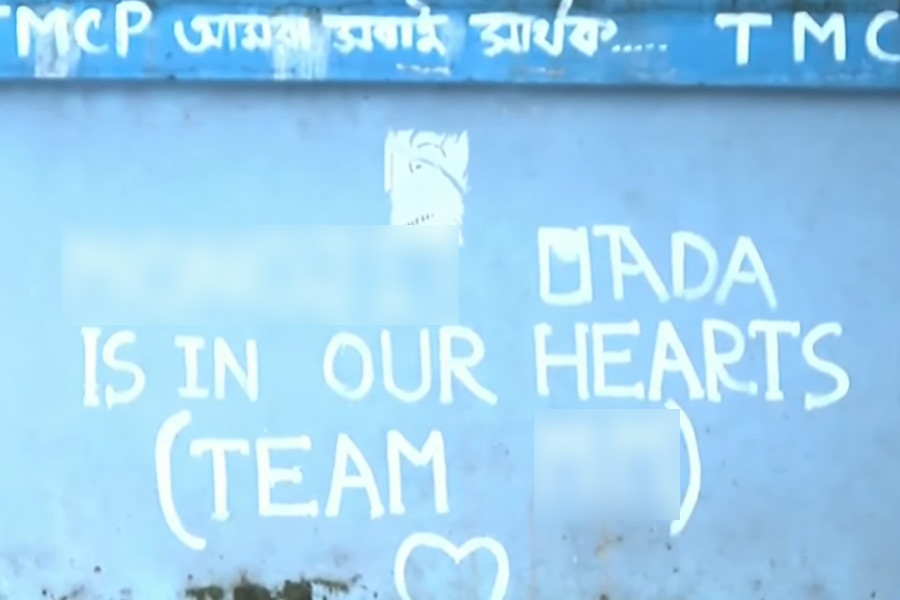
Flashback to 1950: a group of young men have just moved from Calcutta to Bombay with the filmmaker Bimal Roy. Among them are the writer Nabendu Ghosh, assistant director Asit Sen, dialogue writer Pal Mahendra, actor Nazir Hussain, and the 27-year-old Hrishikesh Mukherjee, who had worked as Roy's editor at New Theatres for five years. In a city where India's biggest film industry is swelling by the year... they stay in a house not far from the Bombay Talkies studio in Malad, a small, close-knit group of friends trying to establish themselves in a relatively unfamiliar world, on their way to creating (as Dilip Kumar once put it) a mini-Bengal in Bombay.
"Nothing affected their friendship," Bimal Roy's daughter Aparajita Roy Sinha told me. "They would go to the studio together and my mother would cook for them all when they came back - they affectionately called her boudi." Keener still was their appetite for success, the desire to bring new types of stories and new social consciousness to Hindi films. In her introduction to the anthology The Man Who Spoke in Pictures, Roy's eldest daughter, Rinki Roy Bhattacharya, quotes Hrishi- da's account of the formation of Bimal Roy Productions:
"After watching [Kurosawa's] Rashomon at Eros cinema, some of us along with Bimal-da were returning home in a double-decker BEST bus. The film had left a tremendous impact on us. We were all silent... 'Why can't we make films like this?' I could not help asking Bimal- da. He was quiet at first but suddenly exclaimed, 'Who will write the film?' I promptly offered to write. We decided that all unit members will have a share in the production company. This is how Bimal Roy Productions was born inside a double-decker BEST bus!"
***

The Carter Road house, in which Hrishi- da would live for three decades, was called "Anupama" - it is not clear whether it was named before or after the making of his 1966 film of the same title. But in one sense the name is ironical. In the film Anupama, the mansion in which the central characters live is like a shell that has had all the light and life leached away from it...
Hrishi- da's own "Anupama", going by the accounts of anyone who ever visited it, couldn't have been more different from that crypt.
"Even after living so many years in Bombay, he was still a pure Bengali," the actor Biswajit Chatterjee told me in Mumbai in 2013. "Every actor would treat his house as Bengal Lodge. Utpal Dutt, Kali Banerjee, so many others - they would all go straight there after arriving in Bombay." Biswajit... was enormously proud of one thing. 'The only Bengali film Hrishi- da ever directed was my production, Chhotto Jignasa." The 1968 film had Biswajit's five-year-old son Prosenjit - later a very popular actor in Bengal - in an important role. "I had a problem with the original director...but then Hrishi- da came to my rescue. He was credited only as chief adviser." It was an instance - one of many - of Mukherjee doing 'pro bono' work for a friend or associate without expecting to be acknowledged or reimbursed for it
And yet, despite Hrishi- da's strong Bengali roots and his affinity towards people of his cultural background, "Bengal Lodge" would be an inadequate description for a house that was so open to friends and acquaintances of all stripes. In a super piece titled Dada-Moshai of Carter Road, originally written for the magazine Celebrating Bandra, the critic Sadanand Menon - a long-time associate of Hrishi-da's - recalled his many visits to "Anupama" in the 1970s and '80s:
This is the house where on any given day you would bump into Sachin Dev Burman coming in with his starched white Banglaa dhoti or a young Amitabh and Jaya in deep conversation or a Ritwick Ghatak sprawled on a bed or a Salil Choudhury and Utpal Dutt exchanging notes or a Rekha giggling as she demonstrated some aerobic exercise or a Rahi Masoom Raza and Rajinder Singh Bedi sharing Urdu shairs or a Deena Pathak re-living her lines (on dancer Chandralekha's request) from the famous IPTA play Jasma Odhan or Usha Kiron carrying armloads of Maharashtrian mustard-chilli pickles [...] Ashok Kumar, David and Gulzaar were like members of the household. Being at "Anupama" was like being in the warmth of a creative community. Tea, food and conviviality were constant.

The picture created here is of a therapeutic centre for cultural figures, an adda for meetings and conversations, the holding of impromptu music performances and the exchanging of little jokes - many of which would later be brushed up and used in some film or the other. And there are many other stories about "Anupama", which reveal how accessible and well loved Hrishi-da was. Biswajit recalled going there once and finding the director's room full of cans with film reels. "I asked, 'Hrishi- da, which movie are you making?' And he waved his hands and said, 'No no, Manmohan Desai was here sometime back. He left all these cans and asked me to edit his film.'" The film in question was Coolie, which Hrishi- da helped assemble.
***
And then there are recollections such as this one by Hrishi- da's daughter-in-law, Swati, quoted on a tribute website maintained by journalist and writer Kavita Chhibber:
When the first bone marrow transplant happened in India, the family of this 16-year-old girl Anuradha, who did not know us at all, wrote to Baba. They said they were not familiar with Bombay, so could he find a place for them to stay? Baba said to me, "Swati, do you mind if we gave them our guest room? It may affect our privacy but I feel we need to help them."
The family stayed with them for nine months.
***

The 1983 Kissi Se Na Kehna has a little moment - possibly an unintentional one - that ranks high on my list of insights into Hrishi-da's life and cinema, and how the two things intersected.
Deepti Naval and Farooque Shaikh are chatting in a lawn. There is a swing, a little porch where tea can be had in the shade. The setting looks familiar - it may have been glimpsed before in another film, Chupke Chupke or Khubsoorat perhaps. With the knowledge that many of Hrishi- da's movies of this time were shot in his own house, one can guess that the "Anupama" garden is the location. One can't be sure though, until this happens: in the background, a few feet behind Shaikh, a brown dog strolls past, unmindful of the camera. This dog is not a character in the film - it figures in no other scene, no mention is made of the family having a pet. But there it is, looking very much like the garden's rightful owner.
As indeed it was. A Cine Blitz article of September 1977, headlined "Hrishida in a House Full of Bitches", contains a detailed account of the many dogs of the Carter Road bungalow. They are spoken of from the point of view of the chary journalist entering the house for the first time, nervous around its canine occupants. Then backstories are related, individual personalities are described - "They have lesbian tendencies," Hrishi- da says of two female dogs that are unusually fond of each other - and we get to see how they greet him when he returns home, how they sit around him like a bunch of grandchildren, awaiting their biscuits.










